Toyota’s second Aussie EV revealed … and it’s a bigger bZ4X!
Toyota is expanding its bZ4X electric SUV line-up with the bZ4X Touring, a bigger, more practical flagship that also happens to be the most powerful SUV to ever wear a Toyota badge.
Due in the first half of 2026, the Toyota bZ4X Touring will be the second electric car Toyota sells in Australia, slotting above the current bZ4X – which will also be updated in 2026 – as a new performance and luxury electric flagship.
The bZ4X Touring is Toyota’s version of the recently-revealed Subaru Trailseeker. Like the Subaru Solterra and Toyota bZ4X that went on sale in 2024, both brands share the same EV underpinnings, although Subaru chose a new name to differentiate the Trailseeker, while Toyota is doubling down on the bZ4X badging for Australia.
READ MORE: It’s a Toyota Aurion for the EV generation! Large electric Toyota bZ7 sedan confirmed for China, but we’re still waiting
READ MORE: Toyota reveals super-sized compact electric SUV: 2025 Toyota C-HR+ EV is bigger than BYD Atto 3, Hyundai Kona Electric and Kia EV3 and has 600km range!
READ MORE: Toyota locks-in futuristic electric HiLux and LandCruiser EV for 2026 debut in Europe, but will battery-powered ute and rugged SUV make in Down Under?
READ MORE: Toyota bZ4X updated! Slow-selling Tesla Model Y rival gets more power, extra range and smooth styling. Arriving in Australia in 2025
The bZ4X Touring is aimed at injecting life into a model that has so far failed to make a big impression on the local EV SUV market that is dominated by the Tesla Model Y.
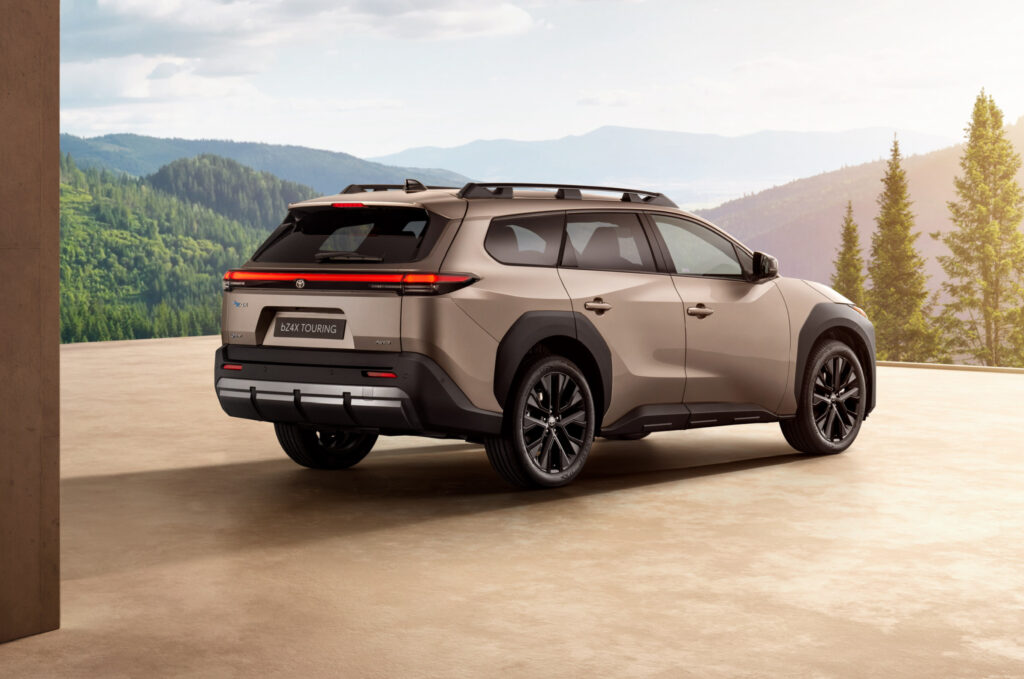
With 280kW of power from two electric motors and a 74.7kWh battery (shared with the updated bZ4X), the bZ4X Touring will become the most powerful Toyota SUV ever sold in Australia.
“Along with its additional amenity, the bZ4X Touring will also appeal to customers with its uprated all-wheel-drive powertrain delivering the performance and battery range they desire for long-distance touring,” said Sean Hanley, Toyota Australia vice president of sales, marketing and franchise operations.
Rather than just a variant with extra gear, the bZ4X Touring brings a larger body— there’s an extra 140mm behind the rear wheels — translating to about 30 percent more luggage space for a total of 521 litres.
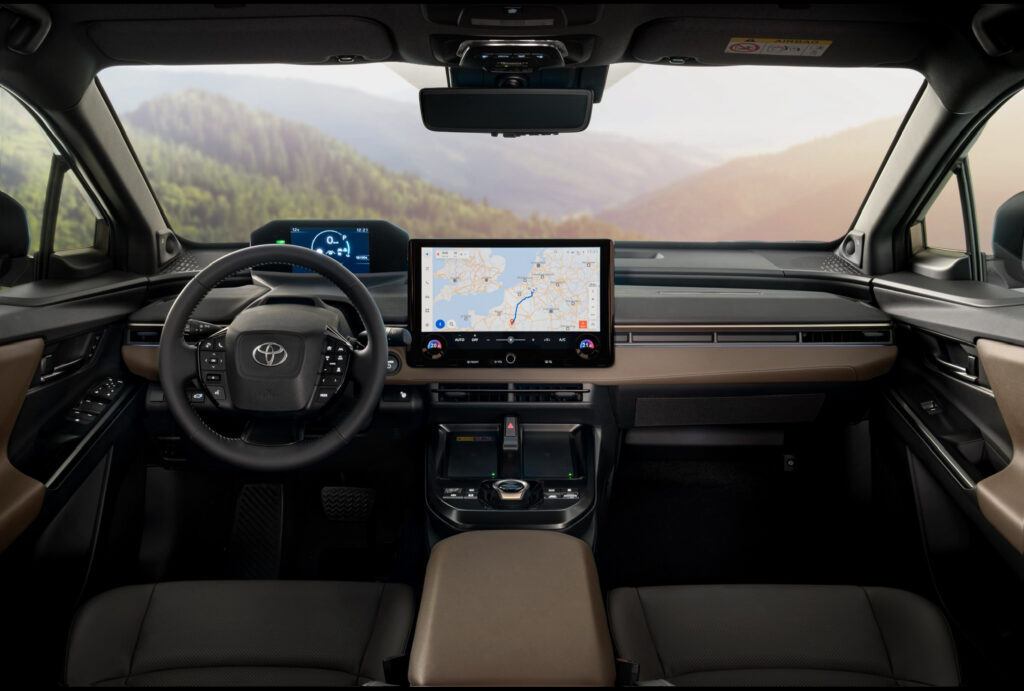
That tweak also boosts rear-seat headroom and adds a new dimension to a model that’s prioritised practicality, even if buyers haven’t been rushing through dealership doors.
The bZ4X Touring shares much of its front-end styling with the regular bZ4X, but the rear design and sheetmetal are unique, adding visual presence and a stronger SUV stance.
Subtle styling details inside and out are aimed at better targeting an increasingly crowded electric SUV segment, one currently led by the Model Y but increasingly filled with fresh contenders such as the Kia EV5, BYD Sealion 7, Leapmotor C10, Geely EX5 and Volkswagen ID.4.
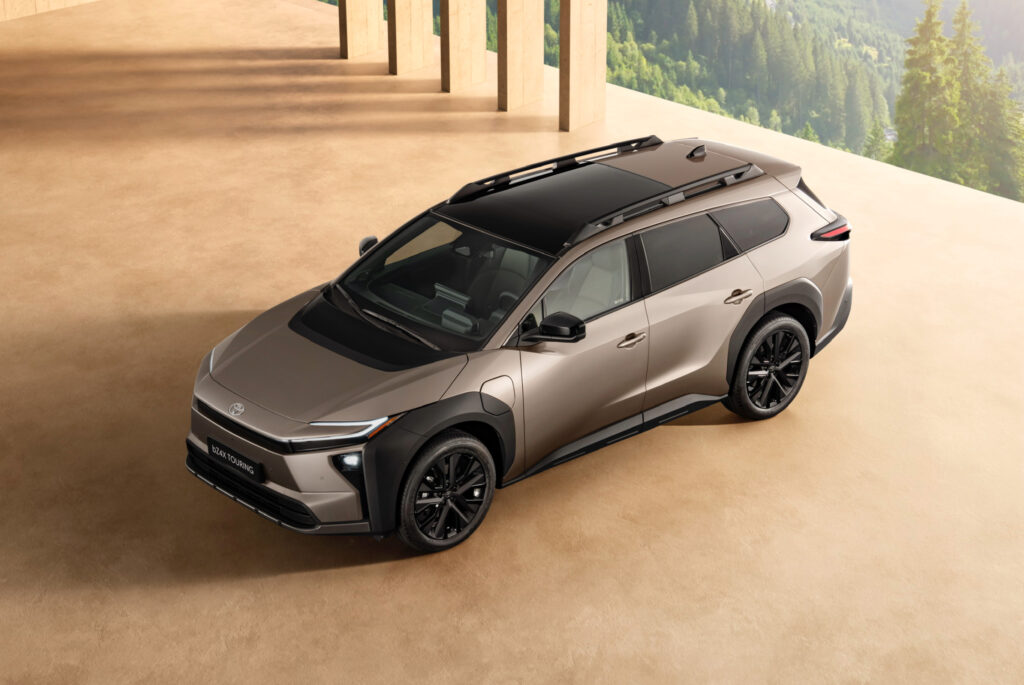
Despite Toyota’s dominance in other segments, its first EV—the bZ4X, launched in 2024—has been a slow seller, with just 1057 units sold in its first year.
But Hanley says the arrival of the bZ4X Touring will provide added firepower as the brand looks to increase its EV share.
“I see this as a great opportunity for us to start to move volume up a little bit,” said Hanley, speaking about the bZ4X lineup.

Pricing for the Touring hasn’t been confirmed, but it will sit above the current bZ4X AWD, which is priced at $74,900. Still, Toyota suggests it may sharpen the value equation across the board.
“I don’t think you should assume that prices should go up all the time,” he added. “You’ve got to price it to a point where customers can afford it.”
“I see this as a great opportunity for us to start to move volume up a little bit,” said Hanley, speaking about the bZ4X lineup.
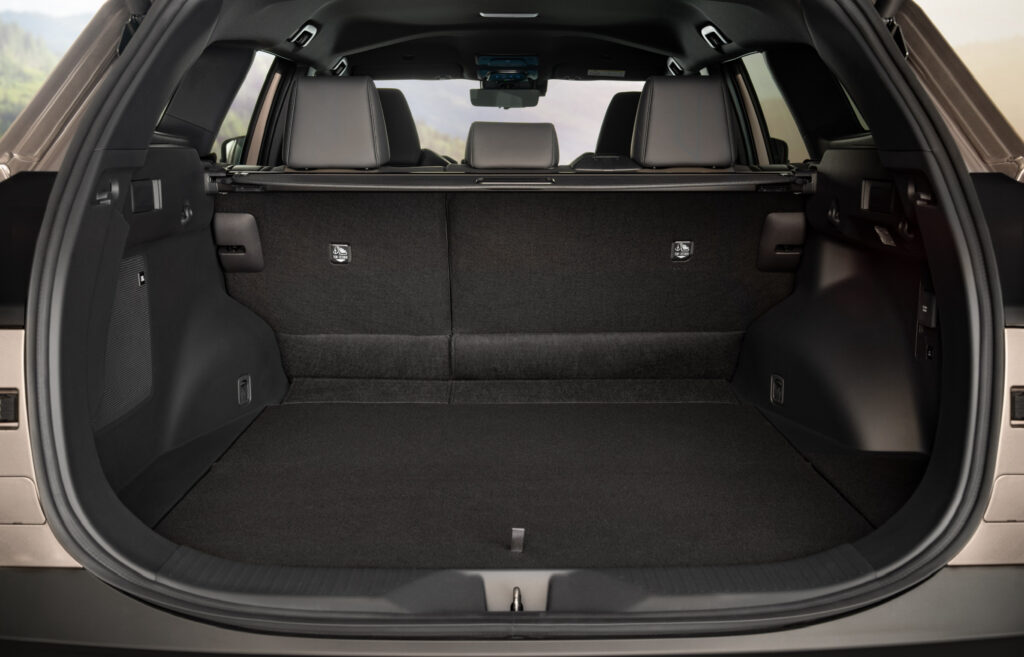
Pricing for the Touring hasn’t been confirmed, but it will sit above the current bZ4X AWD, which is priced at $74,900. Still, Toyota suggests it may sharpen the value equation across the board.
“I don’t think you should assume that prices should go up all the time,” he added. “You’ve got to price it to a point where customers can afford it.”


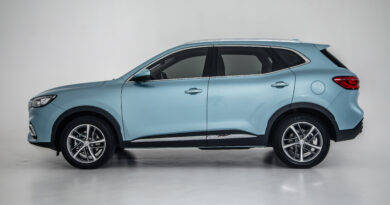
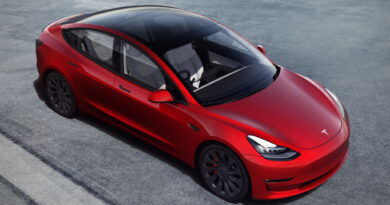
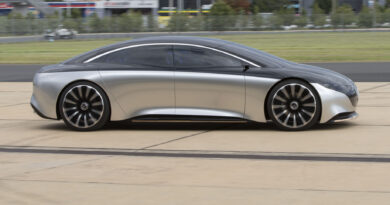
How to say “won’t shift the needle”, without saying “won’t shift he needle”.